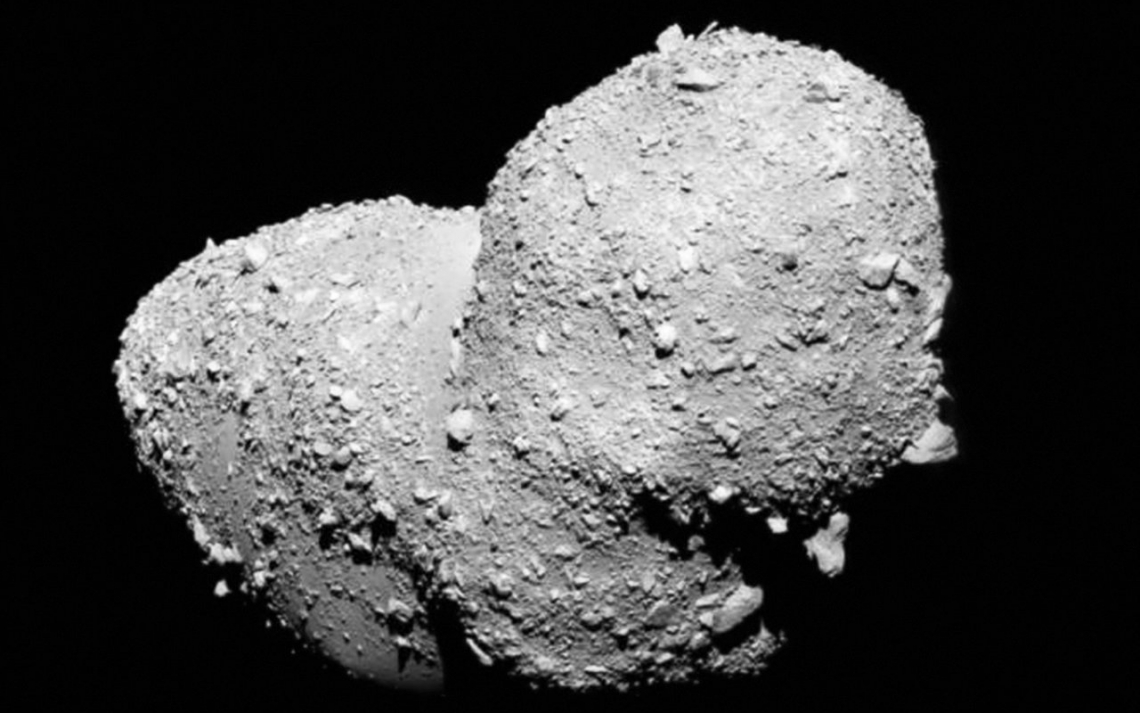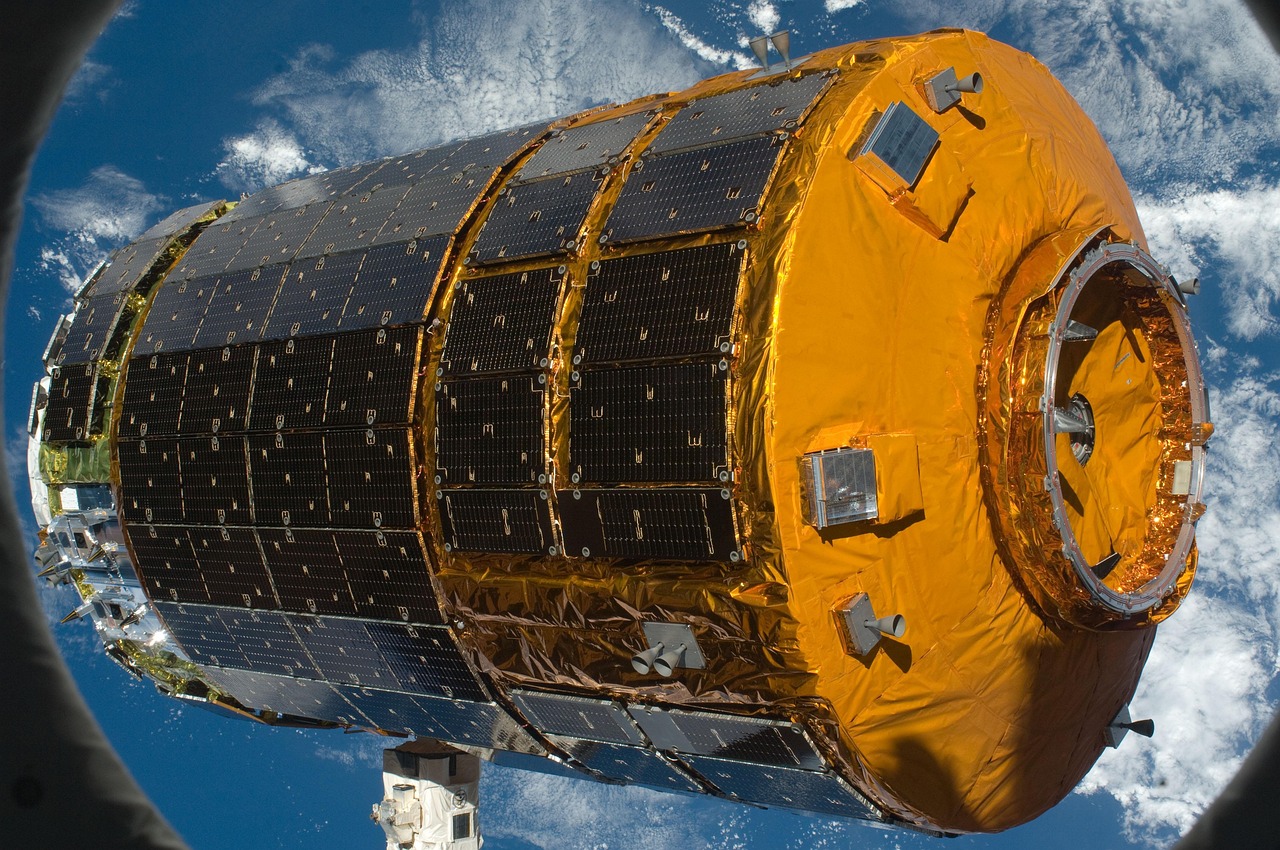Does War Undercut Sustainable Development?
While most leaders around the world have embraced alternative energy and are making efforts to foster sustainable development, the specter of war and its negative impact on the environment hang over humanity like the thick dark clouds from oilfield fires in this article’s images.
With the rise of modern media technology, humans are now able to see the negative effects of modern war in real time. Videos abound on the Internet of bombing raids and attacks that destroy whatever is in their path.
Must Humans Make War?
Of course, the rejoinder is “always have, always will.” And “of course, damage is done in war, that is its very purpose.” But the question arises: is there a point at which the damage of war to the environment is too great? Some wars go on for decades, even centuries, ie: The 100 Year War.
In 1992 the Rio Declaration published the following statement on the impact of modern war on the environment and human health:
“Warfare is inherently destructive of sustainable development. States shall therefore respect international law providing protection for the environment in times of armed conflict and cooperate in its further development, as necessary.”
Damage from war include disruption or destruction of critical human infrastructure and systems including electricity grids, water systems, sewage treatment plants, food production areas, and more.
Studying The Environmental Impact Of War
The United Nations Environment Program (UNEP), for example, studied the environmental impact of the Kosovo War. The study showed that the impact of war makes living conditions arduous, if not impossible. Sometimes more peopole die from the after effects of war than from the hostilities.
Government-funded scientists have created increasingly destructive weapons from World War I to World War II to the Vietnam War and up to the present day. A huge number of chemicals, for example, Agent Orange, negatively impact the environment and living conditions for decades after the wars are over. Unfortunately, degraded environmental conditions often lead to civil unrest and additional outbreaks of violence.
The following short video shows some of the typical images of the destruction of Earth and habitat. Although the incidence of war is decreasing with time there are still major outbreaks that have long-term impact on the environment and sustainability.
Related articles on IndustryTap:
- Marine Corps Unveils Laser Weapon Drone Killer
- You Won’t Believe the Customer for America’s 2014 Biggest Weapons Sale
- Mitsubishi Ready to Enter Global Weapons Territory with the F-35 Stealth Fighter
- US Navy Awards $80.5 Million More Toward the Production of Joint Standoff Weapons
- Nanotechnology a New Weapon in the Fight Against Cancer
- $40 Million Laser Weapon System Installed On A Destroyer
- Cellphones Detecting Weapons of Mass Destruction Around The World
- Kevlar Helmets Saving Marines from Sniper Shots to the Head
- Military Develops Drone Boats Capable of In-Sync, Automated Assaults
- Watch The Future Of Naval Warfare, “The Ghost”, Fly Through Water With Ease
References and related links:






